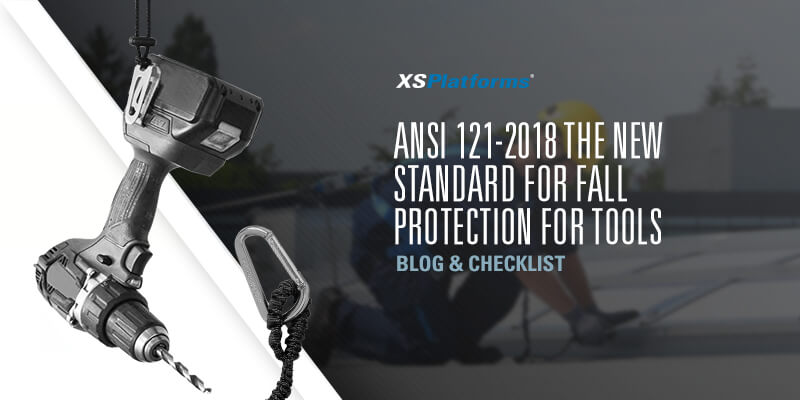ANSI 121-2018 The new standard for fall protection for tools
Every year falling objects injure or kill tens of thousands of employees. In 2017 in the United States alone, 7 people would get injured by a dropped object or piece of equipment every hour. These injuries and deaths are entirely preventable with the correct equipment for tethering and containment.
For this reason, the American National Standards Institute (ANSI) and the International Safety Equipment Association (ISEA) developed a standard addressing solutions for preventing dropped objects in the workplace. The American National Standard for Dropped Object Prevention, ANSI/ISEA 121-2018. Let’s check what this standard says exactly in the next paragraph.


